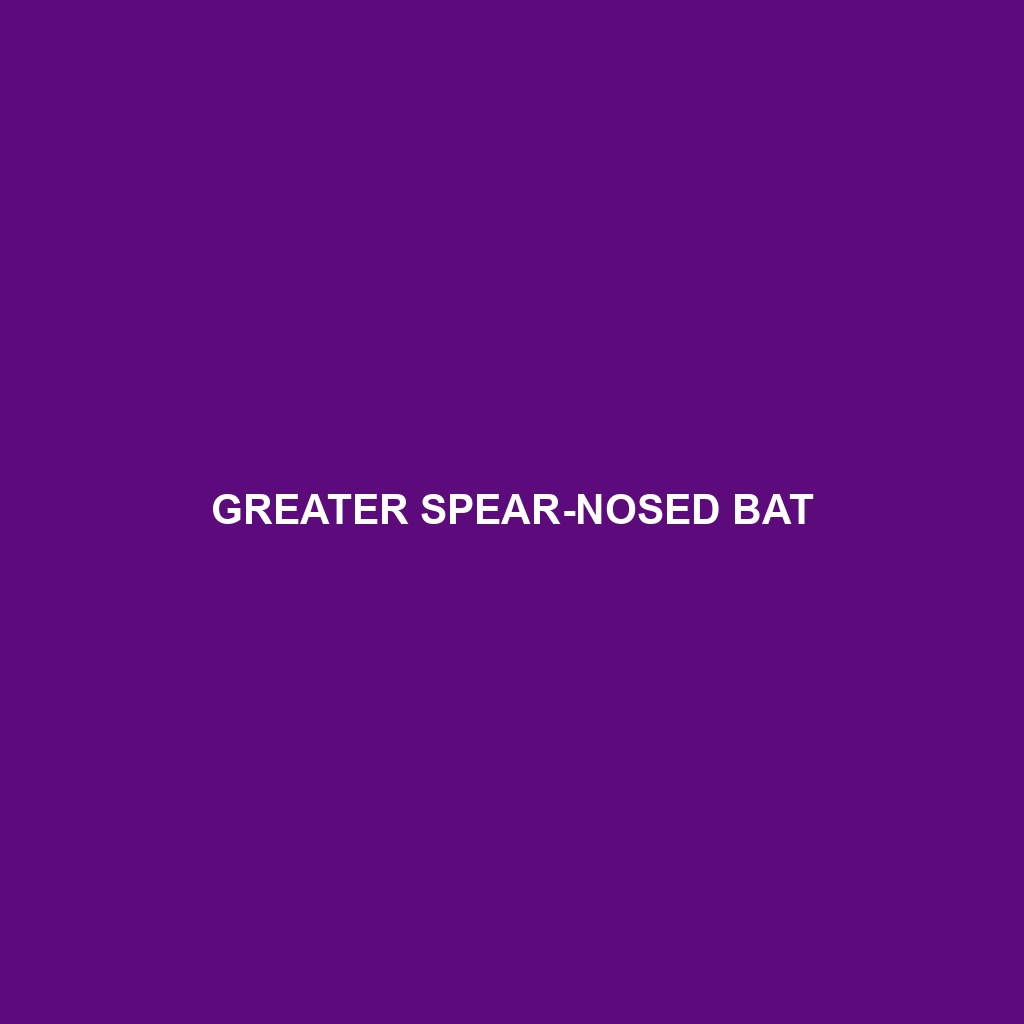Lesser Spear-nosed Bat: A Comprehensive Overview
Common Name: Lesser Spear-nosed Bat
Scientific Name: Leptonycteris yerbabuenae
Habitat: The Lesser Spear-nosed Bat is primarily found in arid and semiarid regions of Central America and northern South America, particularly in countries like Mexico, Guatemala, and Belize. This species prefers habitats such as open forests, shrublands, and areas with abundant flowering plants, which are crucial for nectar-feeding.
Physical Characteristics: The Lesser Spear-nosed Bat is a medium-sized bat, usually measuring around 10-12 cm in body length with a wingspan of approximately 30-34 cm. It has a distinctive elongated nose resembling a spear, which aids it in accessing nectar from flowers. Its fur is generally a mix of brown and gray, often appearing lighter on the underbelly, with subtle variations that allow for effective camouflage in its natural habitat.
Behavior: This species is primarily nocturnal, becoming active during the evenings to forage for food. The Lesser Spear-nosed Bat is known for its strong social bonds, often roosting in large colonies. It exhibits unique behaviors during feeding, such as hovering in front of flowers, which is essential for its role as a pollinator. Additionally, this species travels significant distances to find food sources.
Diet: The diet of the Lesser Spear-nosed Bat mainly consists of nectar from various flowering plants, which includes species such as agave and certain cacti. They are essential pollinators, helping to fertilize these plants while feeding. In addition to nectar, they may also consume fruits and insects, making them an integral part of their ecosystem.
Reproduction: Lesser Spear-nosed Bats typically breed once a year, with mating occurring in the fall and young born in the spring. Female bats usually give birth to a single pup, which they nurse for several weeks. The social structure of their colonies supports new mothers, providing assistance in protecting and caring for the young,
Conservation Status: Currently, the Lesser Spear-nosed Bat is classified as **Vulnerable** by the International Union for Conservation of Nature (IUCN). Primary threats to this species include habitat loss due to agricultural expansion and pesticide use. Conservation efforts are essential to ensure the survival of this unique bat.
Interesting Facts: One fascinating fact about the Lesser Spear-nosed Bat is its role as a nocturnal pollinator. Without bats like this species, many plants, particularly those in arid environments, would struggle to reproduce. Additionally, they can travel up to 30 miles in a single night in search of food, showcasing their impressive foraging abilities.
Role in Ecosystem: The Lesser Spear-nosed Bat plays a vital role in its ecosystem as a pollinator, facilitating the reproduction of various flowering plants. This not only benefits the flora of the region but also supports other wildlife by maintaining a diverse and stable habitat. Their feeding habits contribute significantly to the health of their ecosystems, underlining their importance in biodiversity.
